“A thousand years ago, my forefathers, the Fatimid Imam-Caliphs of Egypt, founded Al-Azhar University and the Academy of Knowledge in Cairo. In the Islamic tradition, they viewed the discovery of knowledge as a way to understand, so as to serve better God’s creation, to apply knowledge and reason to build society and shape human aspirations. The Academies are, therefore, a continuing articulation of this vision…”
Mawlana Hazar Imam
Foundation Ceremony of the Aga Khan Academy, Maputo, Mozambique
June 25, 2004
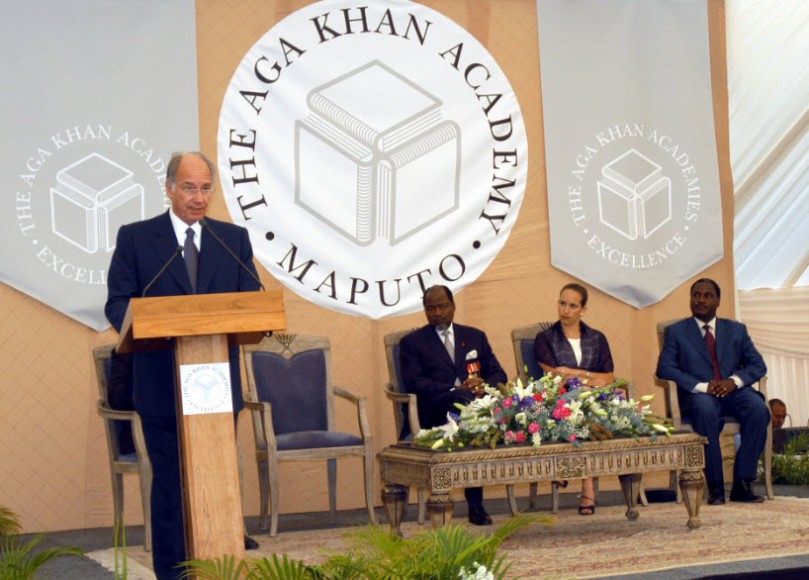
Named after the Prophet’s daughter, the Fatimids were Imams of the Shia Ismailis who established their empire in North Africa in 909 CE, when Imam al-Mahdi was proclaimed Caliph, marking the foundation of “one of the most brilliant periods of Islamic history” (Halm). The recovery of material attests to the rich intellectual and literary heritage of the Ismailis during the Fatimid period. The reign of the Fatimid Caliph-Imams, for almost two centuries in North Africa and later in Egypt (972-1171), is often referred to as a ‘golden age’ in Ismaili history.
The first Fatimid Caliph Imam al-Mahdi (r.909-934) established his capital at Mahdiyya, a town founded by and named after him. In order to have better access to the Mediterranean and eastern lands, Imam al-Mahdi founded the coastal town, transferring his capital there in 921. The oldest Fatimid architectural structures – one of two city gates (the Sqifa al-Kahla) and the mosque – are still preserved in the modern-day small town. Over the centuries, the mosque fell to ruins until the 1960s, when it was completely restored and is used again.
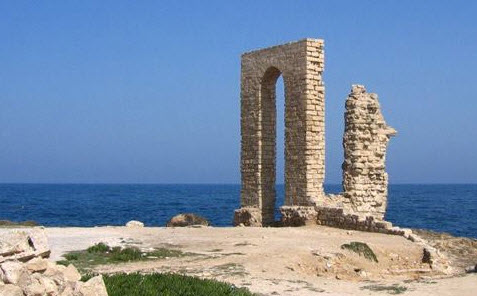
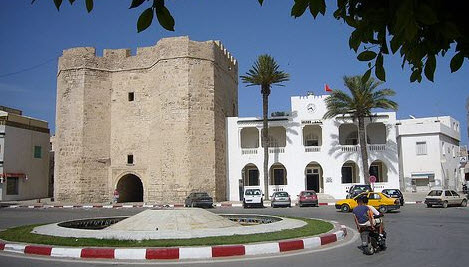
Imam al-Mansur (r.946-953) transferred his capital to Mansuriyya, a town he founded at the eastern coast of Tunisa. During his reign in Mansuriyya, Imam al-Muizz (r.953-975) designed the plans for a new city in Egypt, initially named Mansuriyya after its prototype.
In June 972, Imam al-Muizz transferred his capital to the new city, which was re-named al-Qahira al-Muizziyya (the Victorious One of al-Muizz), or, al-Qahira, today known as Cairo. The Al-Azhar, also named after the Prophet’s daughter, (al-zahra, “the radiant”), was designed by Imam al-Muizz and inaugurated in 972. Originally a congregational mosque, Al-Azhar rapidly developed into a major centre for higher learning and was richly endowed to support students, teachers, housing one of the largest libraries of the time in the medieval Muslim world. Al-Azhar has undergone several dynastic extensions and renovations over the centuries.

The reign of Imam al-Hakim (r.996-1021) who succeeded his father at the age of eleven years, “was a period of remarkable stability” (Halm). In 1005, Imam al-Hakim founded the Dar al-Ilm (House of Knowledge), a major institution of learning where astronomers, grammarians, mathematicians, Quran readers, and philosophers were hired to serve, receiving substantial salaries.
The culture of unhindered scientific thought attracted the finest minds of the age to the Fatimid court, regardless of their religious persuasions: astronomers such as Ali b. Yunus; renowned physicians such as al-Tamimi and Ibn Ridwan; mathematicians and engineers including Ibn Haytham who was known in Europe by the Latin name Alhazen. Ibn Haytham’s greatest contribution was in the field optics, for which he is known as the “father of optics.” The foundation of contemporary advances in the study of light, optics, and ophthalmology are based on his observations and findings.
Major doctrinal treatises were produced by notable scholars of the Fatimid period including al-Razi, al-Nasafi, Qadi al-Numan, al-Sijistani, al-Kirmani, al-Shirazi, and Nasir Khusraw.
Additionally, commodities of high value produced in workshops in Fatimid Egypt, including woollen fabrics, linen, ceramics, and glassware acquired permanent export markets in medieval Europe adding to the revenues and intellectual tradition. Trade brought not only goods, but also new technology, artisans, and intellectuals.
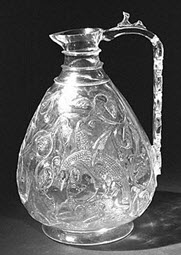
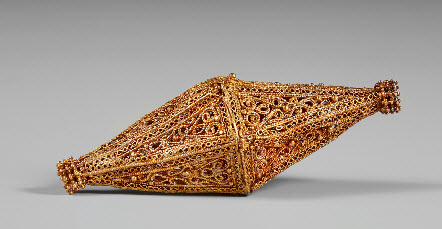
The Fatimids established a network of trade routes through the Red Sea, eventually gaining control of international trade between the Indian Ocean and the Mediterranean, thereby increasing revenues and contributing to the economy. A flourishing agriculture sector, as a result of Imam al-Muizz’s reforms, and domestically produced goods added to the state revenues.
Through the efforts of the Fatimids, their capital became a flourishing centre of scholarship, sciences, art and culture, in addition to playing a prominent role in international trade and commerce.
Daftary states, “All in all, the Fatimid period marked not only a glorious age in Ismaili history, but also one of the greatest eras in Egyptian and Islamic histories, and as such, a milestone in the development of Islamic civilisation.”
Sources:
Farhad Daftary, A Short History of Ismailis, Edinburgh University Press, 1998
Azim Nanji, Al-Azhar, The Institute of Ismaili Studies
Heinz Halm, The Fatimids and their Traditions of Learning, I.B. Tauris, 1997
Jonathan M. Bloom, Arts of the City Victorious, Yale University Press 2007
